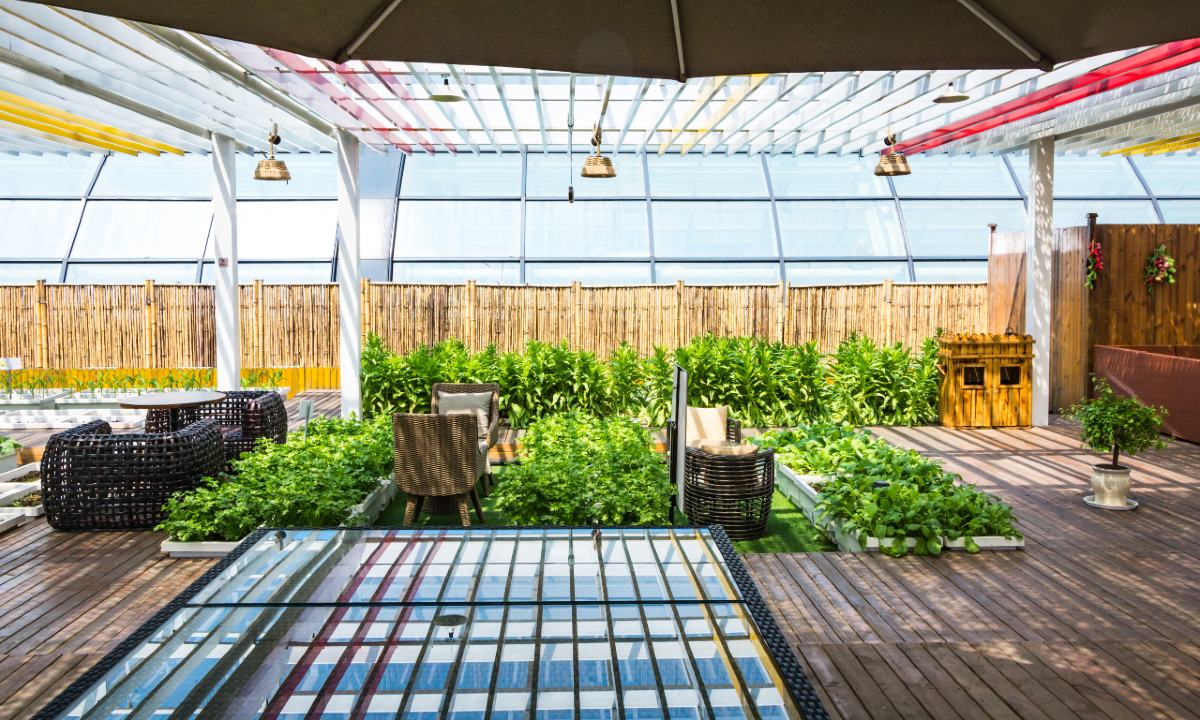Malaysia is not an exception to the global building industry’s transformation by sustainable building practices. Adoption of environmentally friendly projects in building design and construction is motivated by growing environmental consciousness and a will for a better future.
Examining green building certifications, design ideas, local examples, government incentives, cost-effectiveness, and main suppliers and consultants, this article looks at sustainable office design in Malaysia.
Green Building Certifications in Malaysia
Despite the absence of mandatory green building regulations in Malaysia, a number of voluntary certification programs provide a framework for sustainable building projects. The second is that these certifications attract environmentally aware renters and investors by acting as a strong market differentiator in addition to providing a disciplined approach to sustainable design. Green building certifications are a helpful start, but they might not be enough to reduce emissions or create a net-zero carbon built environment. This study shows how important it is for sustainable building techniques to keep getting better and more creative. The two most often occurring certificates are:
Malaysia’s industry-recognised green grading system, the Green Building Index (GBI), advances building sustainability. Based on standards including energy efficiency, water efficiency, interior environmental quality, sustainable site planning, materials, and innovation, it ranks buildings. From Certified to Platinum, the highest distinction, GBI provides varying rating levels. GBI has set up a Completion & Verification Assessment (CVA) system to guarantee buildings keep their green certification throughout time. Following project completion, this evaluation calls for buildings to be reviewed every three years to retain their grade 4.
Another well-known green building certification available in Malaysia is Green Real Estate (GreenRE), developed by the Real Estate and Housing Developers’ Association Malaysia (REHDA). Six main criteria—energy efficiency, water efficiency, environmental protection, interior environmental quality, sustainable site planning and management, and innovation—evaluate buildings.
Other certifications, such as LEED (Leadership in Energy and Environmental Design) and EDGE (Excellence in Design for Greater Efficiencies), are also gaining traction in Malaysia.
Sustainable Office Design Principles
Sustainable office design encompasses various principles aimed at minimising environmental impact and creating a healthy and productive work environment. It’s not just about individual features but about integrating buildings into their ecological contexts, treating them as part of a larger ecosystem. Key principles include:
- Energy efficiency: The practice involves utilising renewable energy sources, such as solar panels, to reduce dependence on fossil fuels and minimise greenhouse gas emissions. It also includes implementing energy-efficient building technologies, such as smart building systems, advanced insulation, and high-performance glazing to optimize energy consumption. Smart lighting systems with motion sensors and daylight dimming capabilities can further enhance energy efficiency.
- Water Conservation: This principle focuses on incorporating rainwater harvesting systems for non-potable water use, such as irrigation and toilet flushing. It also includes installing water-efficient fixtures and fittings, such as low-flow toilets and faucets to minimise water consumption.
- Sustainable Materials: The practice involves using recycled, reclaimed, and locally sourced materials to reduce environmental impacts and support local economies. Employing materials with low environmental impact, such as bamboo and recycled steel, is also crucial. Bamboo, in particular, offers the added benefit of improving indoor air quality by absorbing toxins and releasing oxygen.
- Indoor environmental quality: This principle emphasises maximising natural lighting and ventilation to reduce energy consumption and improve occupant well-being. It also includes ensuring excellent indoor air quality through proper ventilation and the use of low-VOC (volatile organic compounds) materials.
- Waste Reduction: This process involves implementing efficient waste management strategies, including waste segregation, recycling, and composting. Minimising construction waste by adopting responsible disposal methods and reusing materials is also essential.
These principles, when applied holistically, can create office environments that are not only environmentally responsible but also conducive to occupant health and productivity.
Examples of Sustainable Office Designs in Malaysia
Several notable office buildings in Malaysia exemplify sustainable design principles:
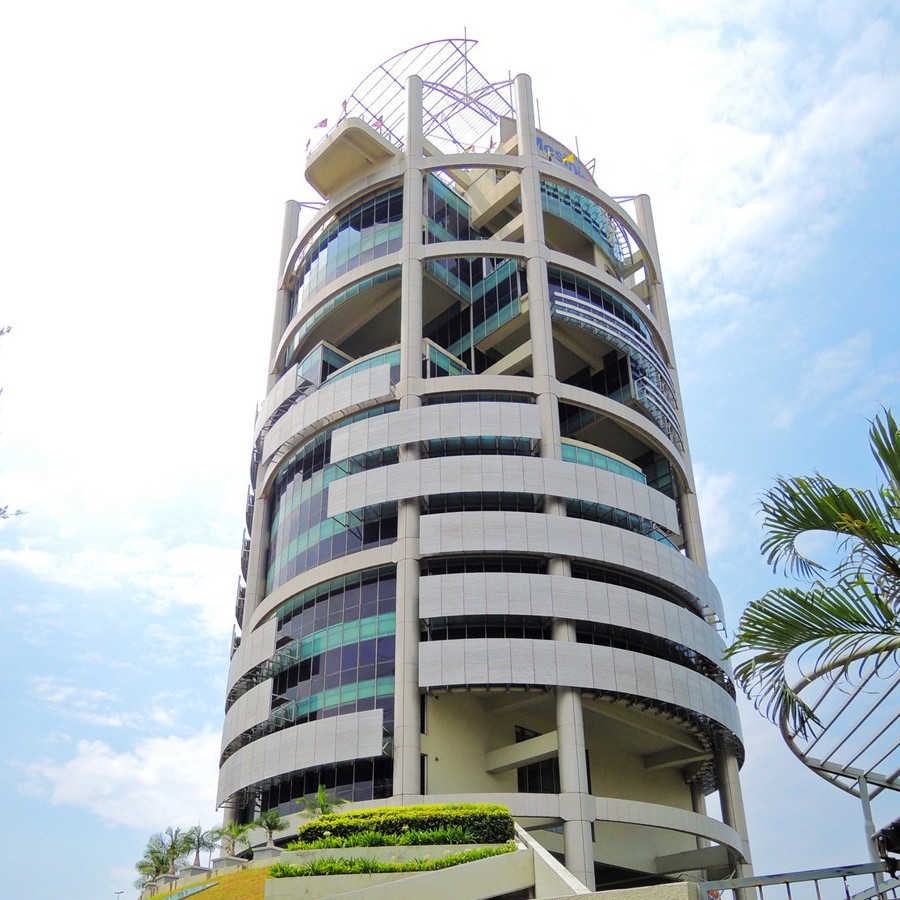
Menara Mesiniaga
Completed in 1992, Menara Mesiniaga is a 15-storey corporate office that showcases an innovative approach to sustainable design. The building features terraced garden balconies and external louvres for shading, promoting natural ventilation and reducing reliance on mechanical cooling systems.
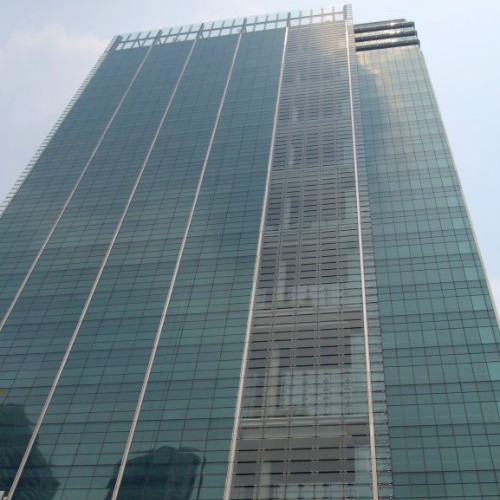
Menara Binjai
Located in the heart of KLCC, Menara Binjai is one of the first office towers in Malaysia to receive both GBI Gold and BCA Green Mark Gold certifications. It features low-emissivity glass, motion-sensor lighting, energy-efficient air conditioning systems, and a “green lease” concept, making it highly attractive to ESG-conscious multinational tenants.

Diamond Building (Energy Commission HQ)
This iconic diamond-shaped building in Putrajaya holds both GBI Platinum and Green Mark Platinum certifications. It incorporates an array of sustainable features including energy-efficient lighting, solar panels, rainwater harvesting, and a double-glazed façade designed to reduce heat gain. It’s considered one of the most energy-efficient buildings in Malaysia.
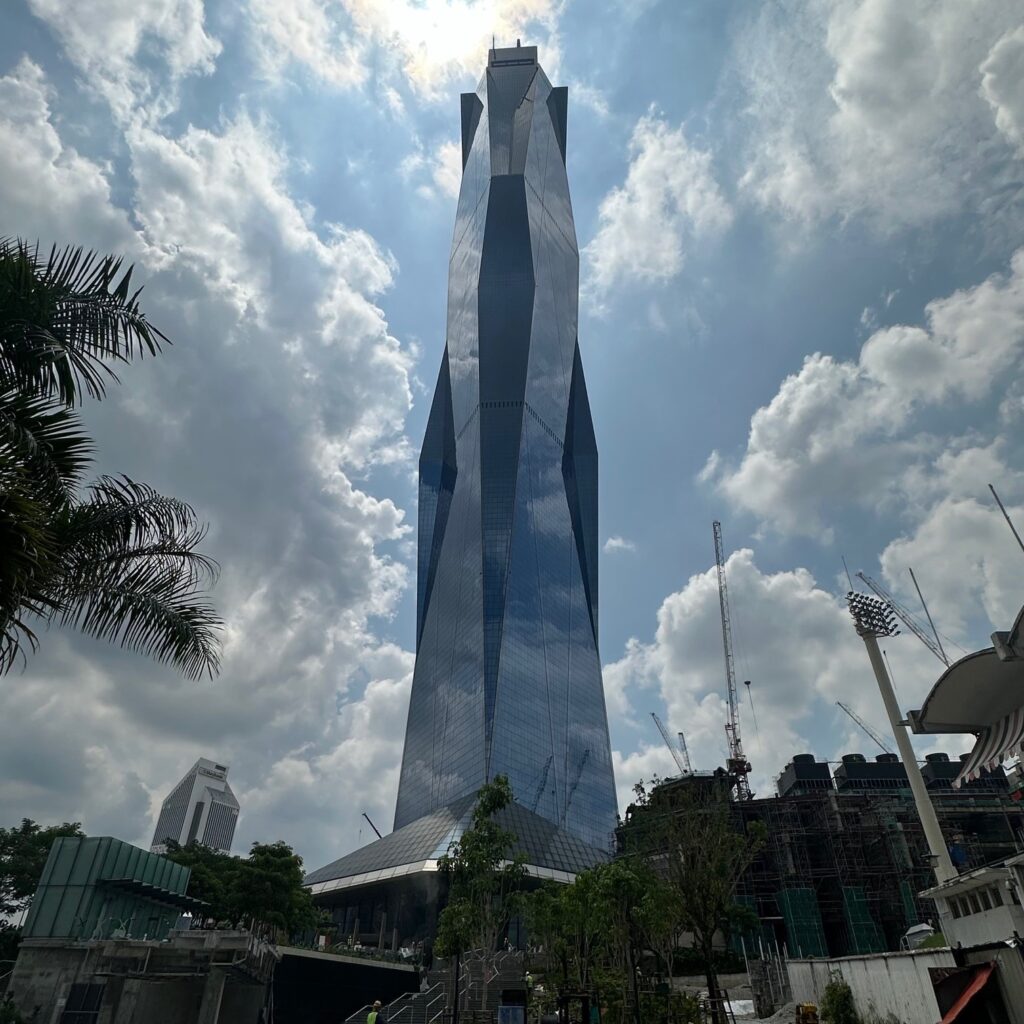
Merdeka 118
Merdeka 118 stands as the first office building in Malaysia targeting triple platinum certifications in LEED, GreenRE, and GBI. It incorporates energy-efficient systems, water conservation measures, and sustainable materials, all within an iconic tower that is now among the tallest in the world.
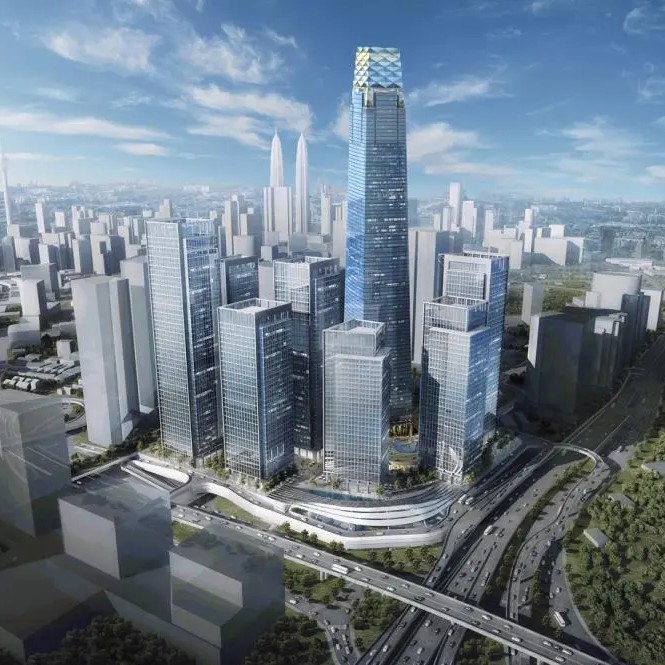
Tun Razak Exchange (TRX)
TRX is a mixed-use development that serves as a pioneer in district-wide sustainable development. All 30 buildings in TRX are LEED or GBI certified. The development incorporates rainwater harvesting, energy-efficient lighting, and biophilic green spaces, making it a benchmark for green urban planning in Malaysia.
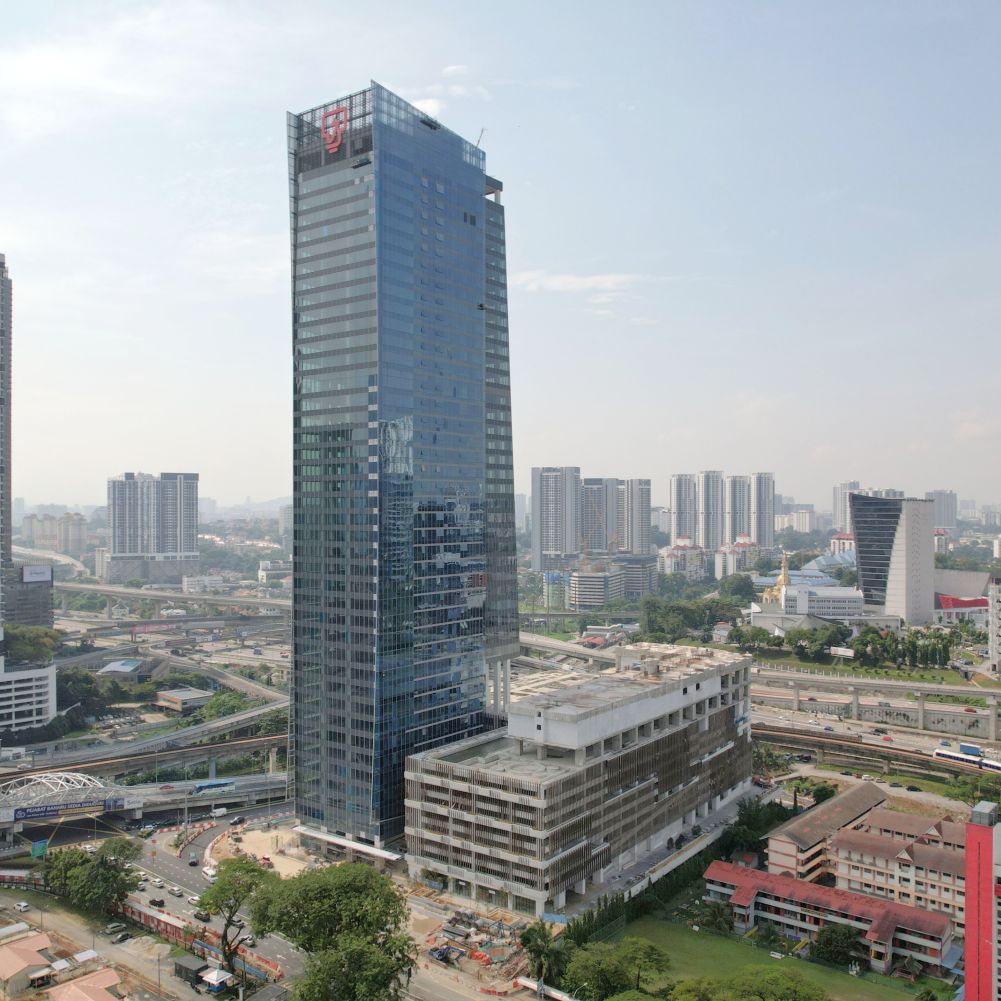
Menara TNB
Menara TNB is a GBI Gold-rated green office building located in the heart of Bangsar South. It features sustainable design elements such as energy-efficient lighting systems, smart building controls, and optimized natural lighting. The building is available for lease and presents an excellent opportunity for companies seeking green-certified office space with modern specifications.
Challenges and Opportunities
While Malaysia has made significant strides in sustainable office design, several challenges remain:
- Higher Upfront Costs: Green building materials and technologies often come with higher initial costs, which can be a deterrent for some developers.
- Lack of Awareness: There is still a lack of awareness among some stakeholders about the benefits and importance of sustainable building practices.
- Regulatory Challenges: The absence of mandatory green building regulations can hinder the widespread adoption of sustainable design.
- Supply Chain Limitations: Sourcing sustainable materials and finding qualified professionals can sometimes be challenging.
- Maintenance challenges: managing the performance of green building features requires special knowledge and ongoing effort.
However, these challenges also present opportunities:
- Lifecycle Cost Analysis: By conducting a lifecycle cost analysis (LCA), developers can demonstrate the long-term financial benefits of sustainable design, outweighing the higher upfront costs.
- Government support: Using government incentives and collaborating with certified green suppliers can help overcome financial and supply chain barriers.
- Education and Training: Increasing awareness and providing training on sustainable building practices can address the knowledge gap and foster wider adoption.
Government Incentives for Sustainable Building in Malaysia
The Malaysian government actively promotes sustainable building practices through various incentives and policies:
- Green Investment Tax Allowance (GITA): This incentive provides tax allowances to companies investing in green assets, such as solar panels and renewable energy infrastructure.
- Green Income Tax Exemption (GITE): This scheme offers income tax exemptions for solar leasing activities and green technology services.
- Net Energy Metering (NEM): This scheme allows buildings with solar panels to export excess electricity back to the grid, offsetting electricity costs and generating revenue.
- Public-Private Partnerships: The government collaborates with the private sector to integrate smart energy and renewable energy solutions into building projects.
- Government Grants and Financing: Agencies like the Construction Industry Development Board (CIDB) offer grants and financing schemes to support sustainable building initiatives.
- The Domestic Investment Accelerator Fund (DIAF) helps Malaysian-owned small, medium, and mid-tier companies (MTCs) in certain service and manufacturing sectors make the switch to ESG practices by giving them matching grants.
These incentives encourage developers and building owners to adopt sustainable practices and contribute to Malaysia’s green building goals.
Cost-Effectiveness of Sustainable Office Design in Malaysia
While sustainable building materials and technologies may have higher upfront costs, they offer significant long-term cost savings and environmental benefits. Studies have indicated that green buildings can achieve substantial energy savings compared to conventional buildings. For example, one study found that a green building in Malaysia saved around 71.1% of energy compared to the industry baseline.
In addition to energy savings, sustainable office design can lead to:
- Reduced water consumption and costs: Rainwater harvesting and water-efficient fixtures contribute to lower water bills.
- Improved occupant health and productivity: Better indoor environmental quality can enhance employee well-being and performance.
- Increased property value and marketability: Green buildings are becoming increasingly attractive to tenants and investors, with multinational corporations (MNCs) leading the demand for green office spaces to meet their sustainability goals.
- Reduced carbon footprint and environmental impact: Sustainable design minimises the building’s impact on the environment.
As sustainability becomes a key decision factor for tenants, market data shows that green-certified office buildings are better positioned to achieve stronger rental yields and long-term asset value. When viewed through the lens of lifecycle cost analysis (LCA), these buildings consistently deliver financial advantages—offering long-term savings in energy, water usage, and maintenance costs—making sustainable office design a smart, future-proof investment.
Conclusion
Sustainable office design is crucial for creating environmentally responsible and healthy workspaces in Malaysia. By adopting green building certifications, incorporating sustainable design principles, and using government incentives, developers and building owners can contribute to a greener future while reaping the long-term benefits of reduced costs, improved occupant well-being, and enhanced property values. The growing awareness of sustainability and the availability of local expertise and resources are paving the way for a more sustainable built environment in Malaysia.
However, challenges, such as higher upfront costs and the need for specialised maintenance, require careful consideration. Developers and building owners can overcome these challenges by conducting lifecycle cost analyses, collaborating with experienced consultants and suppliers, and leveraging government incentives.
The increasing demand for green office spaces from MNCs and their potential for higher rental rates further incentivises sustainable design. By embracing a holistic approach that integrates buildings into their ecological contexts, Malaysia can create office environments that are not only environmentally friendly but also support the health, well-being, and productivity of occupants. As Malaysia progresses towards its ambitious carbon reduction targets, sustainable office design will play a vital role in creating a more sustainable and resilient built environment.
[Image source: Image by evening_tao on Freepik]


